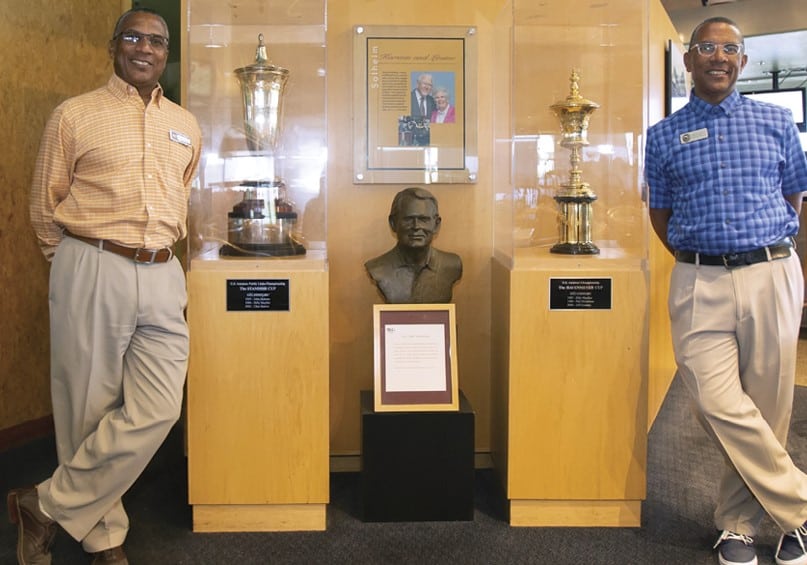In the wake of COVID-19 business must go on, so too must budgets be developed and approved to give clubs and their managers a roadmap for next year’s operations. Here are five important steps to consider when preparing your 2021 budget. This article was authored by Henry DeLozier for Golf Course Industry magazine.
Budget preparation, even with its strict adherence to unvarnished numbers, is always an inexact and fluid exercise. It’s an amalgam of recent and projected performance in the context of long-range and short-term goals and objectives, all of which could be influenced by internal factions guided by self-interest. And that’s in the best and most predictable of times. Not exactly what budget preparers at clubs are currently facing.
In the wake of COVID-19, if you ask managers, directors and owners to forecast how their club will perform next year, you’re likely to get a range of answers, including what may be the most honest: “I haven’t the foggiest idea.” But as business must go on, so must budgets be developed and approved to give clubs and their managers a roadmap for next year’s operations.
How do you plan for the unknown? Here are five important steps to consider when preparing your 2021 budget:
1. Rely on a sound agronomic plan.
Savvy superintendents use their agronomic plans as a pilot uses a flight plan. The agronomic plan includes the superintendent’s clearly stated outcomes or objectives (destination) along with clearly defined processes, systems and procedures (altitude, speed and course).
The contents of a thorough agronomic plan include goals and objectives, a staffing plan and organization of management, fertility, arboreal and irrigation plans, and line-item budget analysis and descriptions of the financial components of the plan.
Describe the results you intend to achieve. Your plan paints a vivid picture of what you believe is possible and what results will be contingent on factors beyond your control.
2. Review the budget with your accounting manager.
Making sure your accounting manager fully understands the agronomic plan and gaining his or her support for your plans and how you intend to achieve them is essential to a successful budget any year. But current circumstances that may limit resources, disrupt supply chains and affect how your team operates on a day-to-day basis make this understanding and support even more critical.
Mix in members’ expectations for course conditions and there is every reason to think your 2021 budget will require more specific collaboration than most golf course maintenance budgets normally receive. Your accounting department allies are critical to a successful agronomic plan and its approval.
3. Use a decision tree to clarify options.
When faced with challenging problems in an environment where the unknown competes with the known, many managers rely on a process known as a decision tree to map the various risks and potential outcomes and ultimately predict their chances for success. Because of the uncertain times, superintendents need to show stakeholders what is needed and intended within the 2021 budget.
A note of guidance: a GGA Partners global study of members’ expectations amid the pandemic found that members are unsupportive of diminished or deteriorating standards of care and upkeep for their clubs’ facilities. Members and golfers will continue to pay dues provided that established standards of excellence are maintained.
4. Estimate operational costs based on historic norms.
Sound budgeting normally relies on a zero-based approach. However, multiple uncertainties require that superintendents use established norms for budget assumptions. From these historic patterns, one is wise to contemplate — and budget — line-by-line variances from established norms. Among the wild-card projections for 2021 costs will be labor, fuel, chemicals and pesticides.
Labor costs will remain uncertain as access to workers who want to work and whose medical conditions allow them to will influence the labor pool and one’s access to it. Chemicals and pesticides will likely show volatile swings subject to supply-chain influences and may require superintendents to rely less on just-in-time deliveries and maintain larger than normal on-site inventories.
5. Keep stakeholders informed.
Quarterly budget updates that identify aspects of the budget in need of a mid-course correction are recommended. Proactively gather and inform decisionmakers where changes are occurring and where adjustments are needed. Keep ahead of rapidly changing — and changeable — circumstances. All involved will appreciate your ahead-of-the-curve approach and make better decisions as a result.











